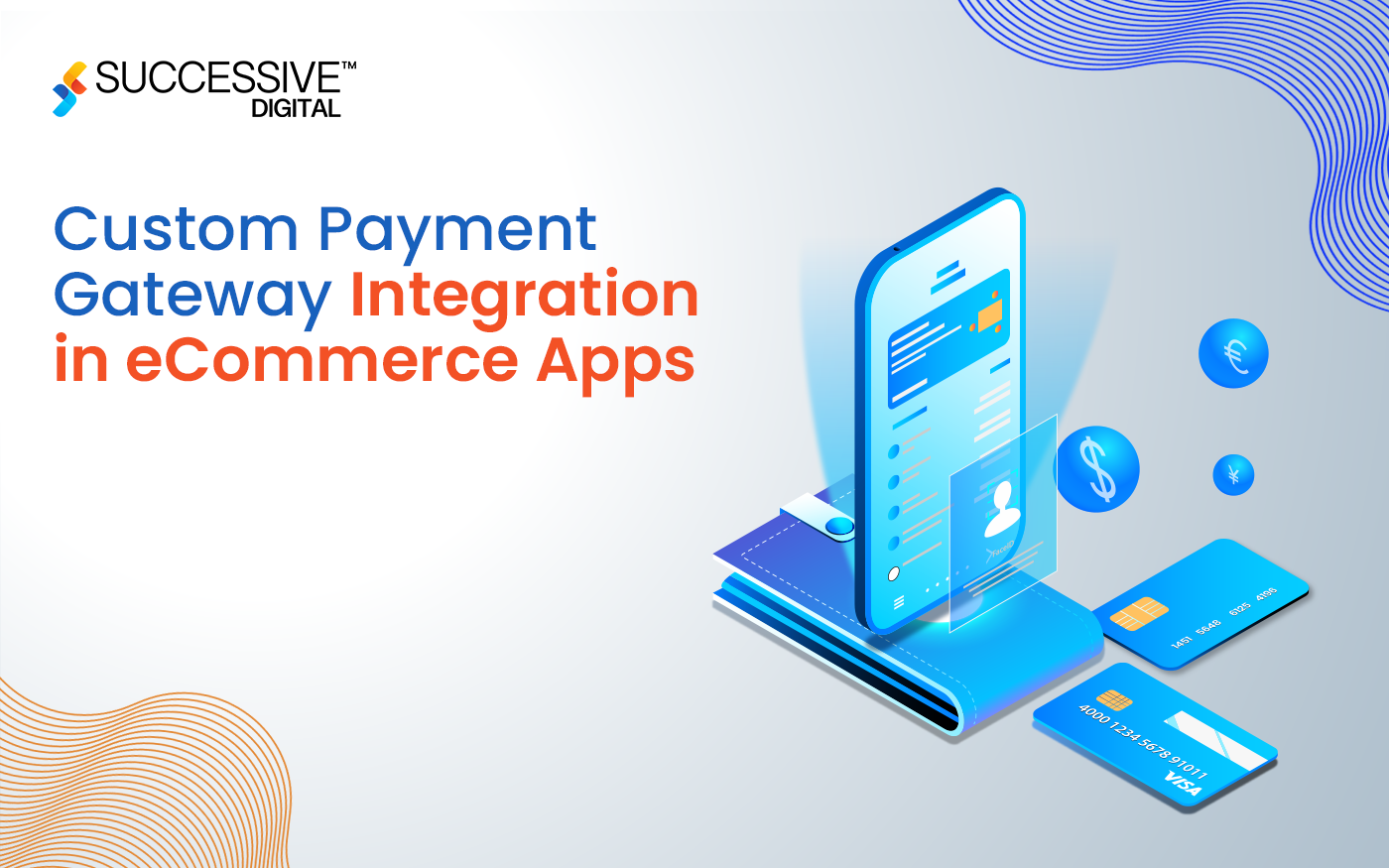E-commerce in 2025 looks very different than it did just a few years ago. As consumer habits evolve and tech becomes more intuitive, online shoppers are expecting faster, easier, and more flexible ways to pay.
Enter: multi-payment gateway strategies.
For businesses in the United States and the United Kingdom, adopting multiple payment gateways isn’t just a nice-to-have—it’s a powerful move to improve conversions, reduce risk, and reach more customers across borders.
Let’s explore what this shift really means and why it’s changing the way businesses approach payments.
What Is a Multi-Payment Gateway?
In simple terms, a multi-payment gateway setup allows your online store to accept payments through different channels—credit cards, digital wallets, bank transfers, and even “Buy Now, Pay Later” (BNPL) options.
Instead of relying on one provider, you’re opening the door to flexibility and fail-safes. Think of it like offering different shipping methods: the more options you give people, the more likely they are to complete a purchase.

Why More Gateways = Better Business
Improved Customer Experience
People have payment preferences, and those preferences vary by region, generation, and even personal habit.
Some customers swear by PayPal, others won’t buy unless they can use Apple Pay. By offering multiple gateways, you’re meeting customers where they are—literally and psychologically.
Just look at ASOS. The UK-based fashion giant offers Klarna, Apple Pay, PayPal, and more. It’s no accident their checkout feels smooth and familiar, no matter who you are or where you’re buying from.
Going Global? This Is Key
Expanding internationally? You’ll need more than just language localization.
In Germany, for instance, people love bank transfers. In the US, credit cards still dominate. And in Asia, QR code-based digital wallets are the norm. Supporting diverse payment methods means fewer abandoned carts and more international sales.
If you’re looking to scale beyond your local audience, this approach is essential. Our guide to international e-commerce expansion dives deeper into that topic.
Backup When Things Go Wrong
Let’s say your only payment provider crashes. What happens? Your checkout stops working—and so does your revenue stream.
Having multiple gateways acts like a safety net. If one fails, another can pick up the slack. This kind of redundancy is invaluable, especially during peak sales periods or major product drops.
Smarter Cost Management
Different gateways charge different processing fees. By comparing performance data (think Shopify or WooCommerce analytics), you can route transactions through the most cost-effective option—automatically.
In high-volume businesses, even a 0.5% fee difference can translate into big savings.
Trusted Payment Gateways in the UK & US
PayPal
The OG of online payments. Nearly every customer recognizes and trusts it, which builds confidence at checkout.
Why use it? Broad international reach, great buyer protection, and integration with major platforms like Shopify.
Stripe
Stripe has earned a reputation as the developer-friendly, feature-rich gateway. It handles subscriptions, mobile wallets, and even crypto.
Great for scaling startups and established brands alike.
Klarna
“Buy Now, Pay Later” is booming, and Klarna leads the charge in the UK and beyond. Letting shoppers split payments can increase order values and lower cart abandonment.
Amazon Pay
If your customer already trusts Amazon (and they probably do), this method lets them use their existing Amazon credentials to check out in seconds.
Worldpay
For businesses with global ambitions, Worldpay’s multi-currency and multi-payment method support makes it a reliable backbone.
How to Set It Up Right multi-payment integration ecommerce
Check Your Platform First
If you’re on Shopify, WooCommerce, or Magento, integrating multiple gateways is fairly straightforward. Most have built-in apps or plugins for top providers.
Use API Integrations for Custom Setups
If you need something more tailored—maybe different options based on region, product type, or currency—working with APIs gives you total flexibility. Stripe and PayPal both offer excellent developer documentation.
Consider a Payment Orchestration Layer
Think of this as the control center for all your payment systems. Tools like Primer or Spreedly allow you to manage, optimize, and troubleshoot multiple gateways from one dashboard.
Real-World Examples
ASOS (UK)
ASOS nails the customer experience by offering Klarna, PayPal, Apple Pay, and more. They even geo-target payment options to match regional preferences. It’s part of why they continue to thrive in a competitive market.
Etsy (US)
Etsy supports credit cards, PayPal, Apple Pay, and even local payment methods in certain countries. That inclusivity plays a huge role in their global community of buyers and sellers.
What’s Coming Next?
AI & Machine Learning
Gateways are getting smarter. AI is helping detect fraud in real time, personalize payment options, and even predict when customers are likely to abandon carts.
Cryptocurrency Payments
While still early, some major retailers are warming up to crypto. Expect to see more Bitcoin and stablecoin options over the next few years—especially in tech-savvy markets.
Biometric Authentication
Fingerprint scanning, facial recognition, and even voice commands are making payments faster and more secure. These are already in use via Apple Pay and Google Wallet.
Final Thoughts: Meet Customers Where They Are
Multi-payment gateway integration isn’t just a technical upgrade—it’s a customer experience strategy.
When you offer people the ability to pay how they want, you remove friction, build trust, and close more sales. For e-commerce brands in the US and UK, this shift is no longer optional. It’s what separates agile, growing businesses from the rest of the pack.
By staying flexible and future-ready, you’ll not only boost conversions—you’ll earn long-term customer loyalty.


